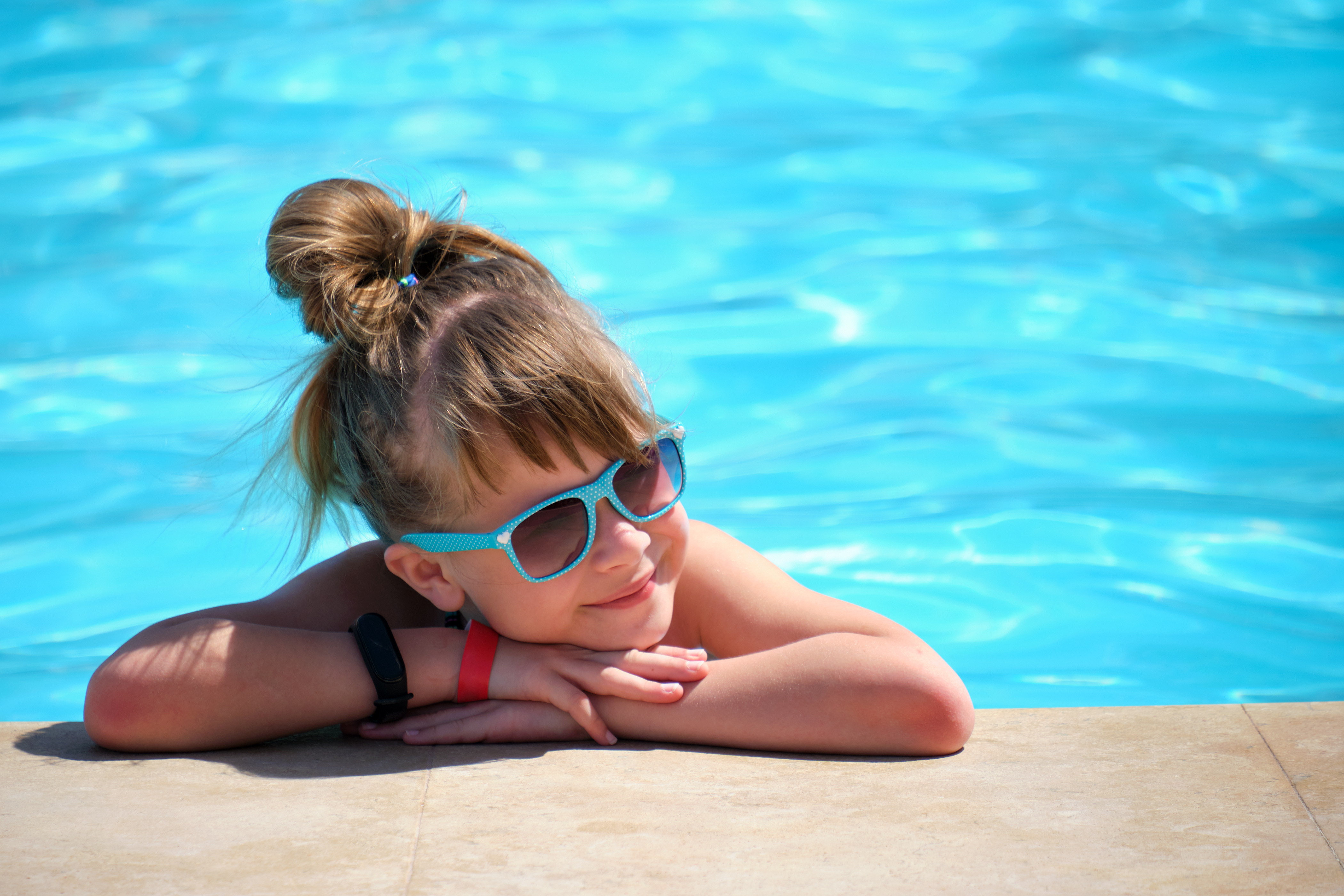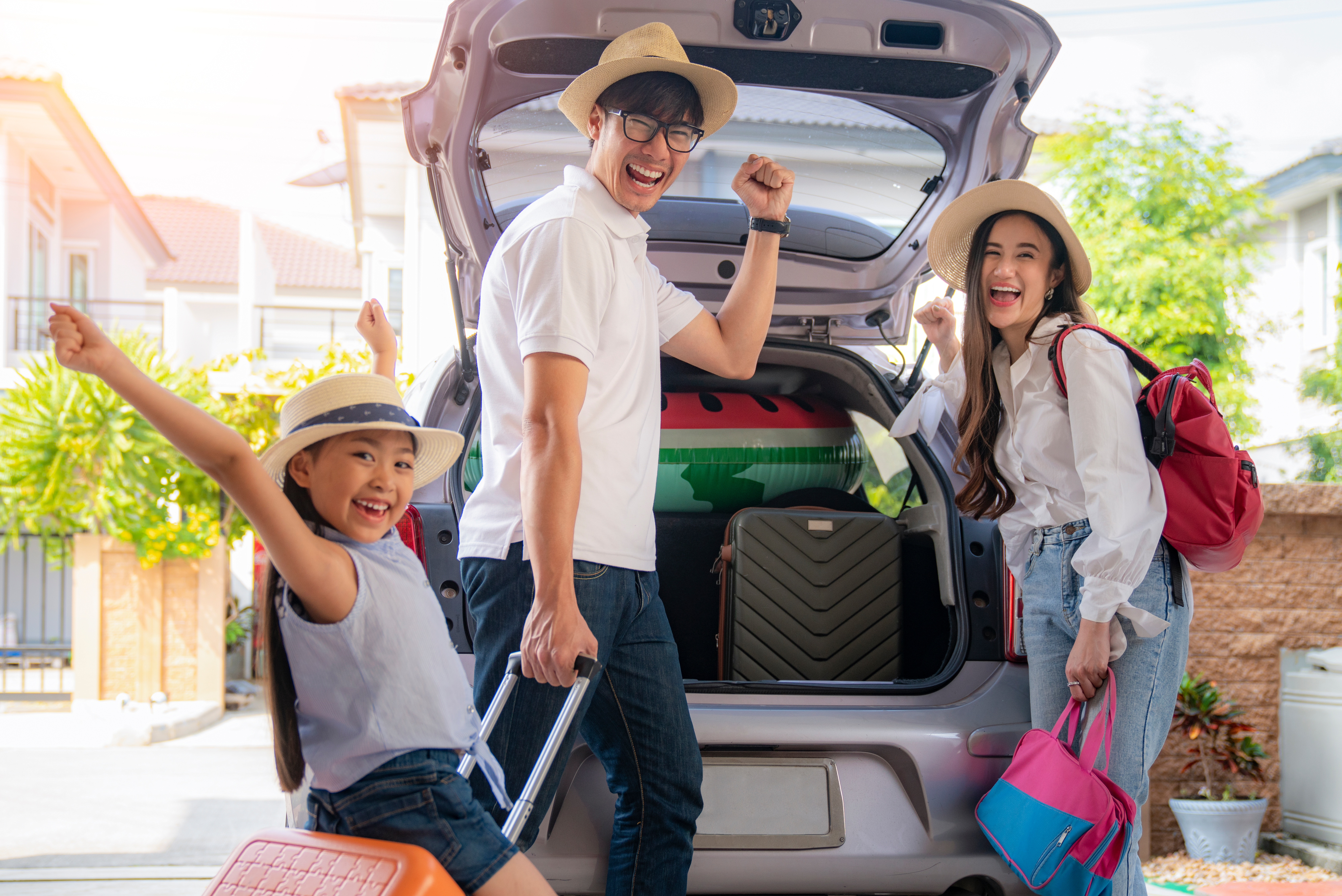
As the temps rise throughout the Southeast, more and more people are drawn to bodies of water to help them cool off. Whether you have a favorite public pool, local river or lake, or even a pool in your own backyard, water safety this time of year is paramount, especially if you have young children. Summer is also a time of travel and vacation, so be prepared with some of our tips!
Water Safety and Drowning Prevention:
• Invest in swim lessons as soon as your child is developmentally able to learn. Everyone should know how to swim. Getting your child into swim lessons as soon as possible can help reduce the risk of drowning.
• Cover all outdoor pools and kiddie pools when not in use. Many accidental drownings occur when an infant or toddler falls into a pool.
• Stay within arm’s reach of your child when giving them a bath, or in a pool, on a boat, or in another body of water with them.
• Use appropriate and properly fitting personal flotation devices at all times when on a boat or swimming with a young child.
• Do not consume alcohol near bodies of water with children present, unless there is another responsible, sober adult with you who can keep watch over any children swimming or playing in water.
To learn more about water safety and drowning prevention, click here.
Travel Safety:
A big part of summer for many families is travel. Whether you plan on a weekend beach getaway with your kids, or you’re headed out of state, or even out of the country—travel can easily become a nightmare if you and your family aren’t prepared.
Depending on the age of your child, a few tips apply:
• When traveling by car, ensure all infants and toddlers are buckled into their car seats.
Keep your child in a rear-facing car seat as long as it is safe to do so. For many children, this typically means keeping them rear-facing until they reach the upper height and weight limits as recommended on their car seat. Be sure to have plenty of age-appropriate games or tablets for long trips, and keep them engaged by pointing out interesting sights along the way. Go the speed limit, don’t text and drive, take regular breaks as needed, and stop when you feel tired or need to rest.
• When traveling by plane, ensure that everyone in your family has proper identification and allow yourselves enough time to get through TSA so you don’t miss your flight.
When traveling with children, always allow extra time to get from one place to another to accommodate any potty breaks, meltdowns and tantrums, snack breaks, and more. Pack extra toys and snacks for the duration of the flight and ensure all children understand flight expectations before embarking on the trip.
• If your family is traveling internationally, be sure you have all passports, and records of up-to-date immunizations based on the country you are going to, and thoroughly inspect all accommodations in the destination country. Some countries may not be as safe as the United States and may have different sanitation and safety requirements than the U.S. Check safety hazards or notifications as needed to ensure your family has a safe international trip.
To learn more about traveling with your children and making it as enjoyable and stress-free as possible, click here.



